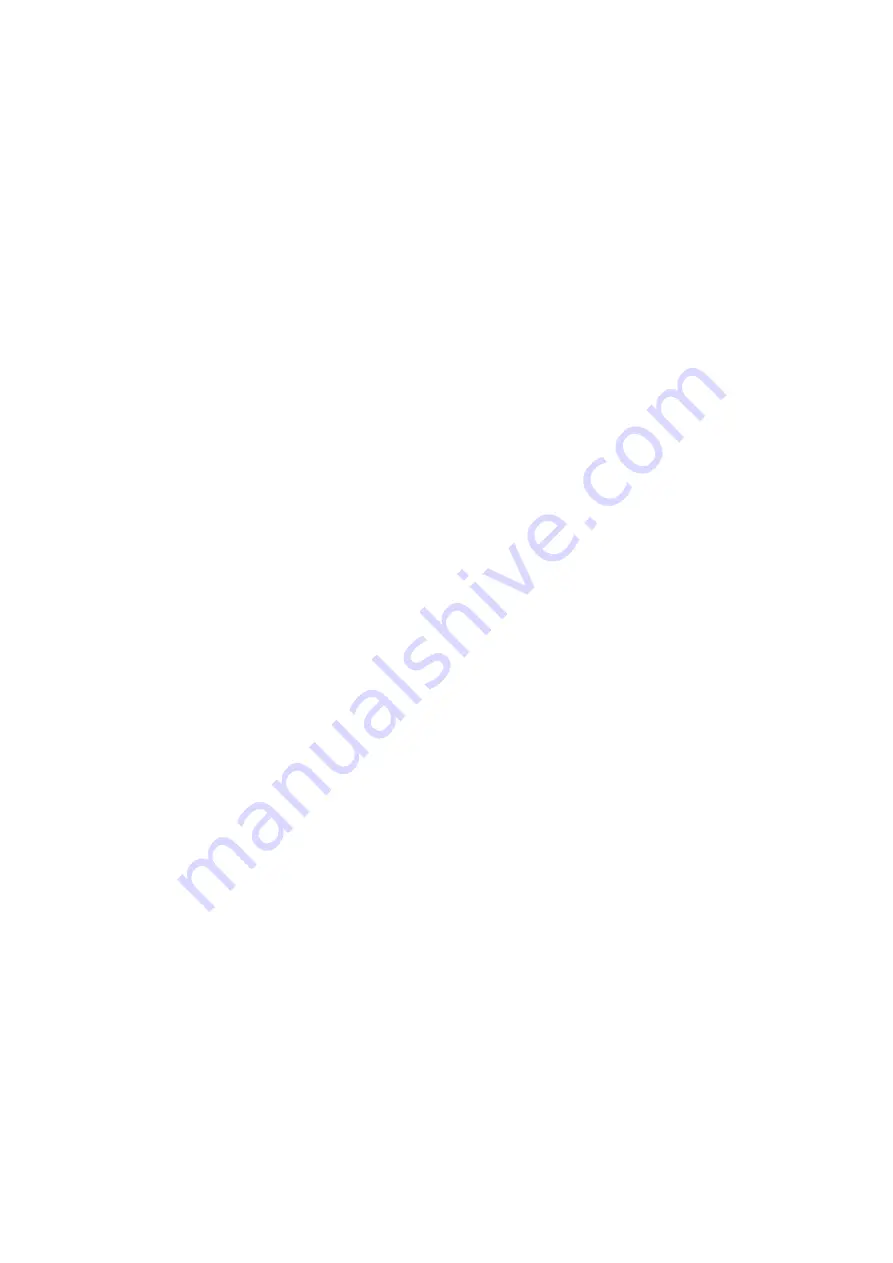
-
7
-
3. Method of use
3.1 Examination
The products are delivered with maximum care, but for reassurance, confirm the followings after
unpacking.
(1) That the product is what you have ordered.
(2) That it has proper accessories (an instruction manual, other ordered parts, etc.)
(3) That there was no damage, or loosening of screws or nuts during the transportation. If
there was any problem, contact our sales department or the specified dealer.
3.2 Installation to the Pump
To install the unit to the pump:
(1) Confirm that there is no flaw or adhesion of dusts on flanges of the pump and the TM, or
on the O-ring ditch.
(2) Attach an O-ring to the O-ring ditch of the flange at the lower part of the TM, and fasten it
to the outlet port of the pump with a hexagon bolt.
3.3 Ducting
The exhaust side of nl-2, 3, and 4 has a shade as a standard equipment. When ducting, detach it
and use an internal thread. For TM-2F, 3F, 4F, and 4S, a JIS ducting flange (JIS vacuum flange) is
useful.
(Note) When ducting, be careful not to put too much force on the main body of the oil mist trap.
Too much force may damage the product.
3.4 How to Handle Trapped Oil
TM-series products structurally exhaust trapped oil out of the main body through an oi I returning
port. Conned a nylon hose to the oil returning port and collect the exhausted oil in a separate
container. You can return it to the pump from the oil filler port when the pump is operating without
load or not operating at all. However, oil contaminated with water, dust, or some agent such as
acid that deteriorates the oil may cause mechanical troubles, and hence shall not be returned to
the pump.
(Note) Do not connect the oil returning port and the pressure monitor installation port with a nylon
hose, etc. Oil mist will not be trapped under such condition.






































